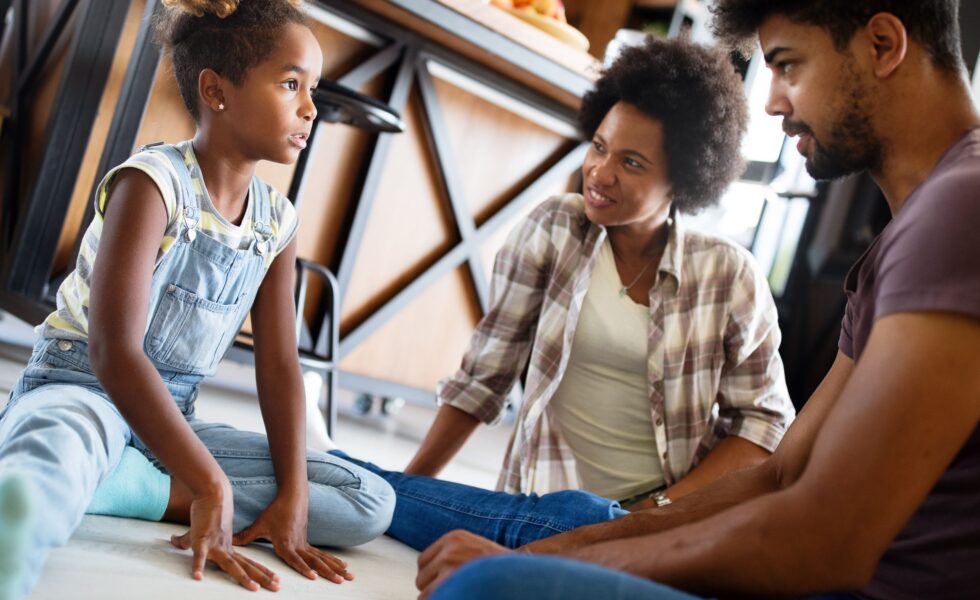Students Reflect on Capitol Riot

trigger warning: racism, mob violence, police violence
On Wednesday, January 6th, the United States Capitol suffered an unprecedented attack. Images of people scaling the walls of the building, breaking down doors, and chasing down police officers were plastered across social media and television news. These events are difficult enough for an adult to process — but how do we talk to our children about it?
A couple of days after the events at the Capitol, our organization provided a platform for our students to talk about what had happened. It quickly became clear how overwhelmed the students were; not just by what had unfolded at the Capitol, but by the state of the world generally. One student said, “Every day it’s like… you think ‘Okay, this is it, we’re gonna get through this. It can’t possibly get any worse.’ And then the next second, it gets worse. And you’re just sitting here trying your hardest to just keep your sanity and trying to be calm at the same time. And it’s just… it gets hard.”
When we talked more specifically about what happened at the Capitol, the students were quick to point out how this group of mostly white rioters were treated very differently than how law enforcement usually treat people of color when they protest. One student said,
“I’ve heard and seen that whenever there’s a Black Lives Matter protest, they’re always quicker, more violent. Not just hurting the Black people, but they’re also starting to be more violent to the Caucasians for supporting them. But on Wednesday… they weren’t as much like ‘Okay, no, stop doing this, hold this person, make this person stop doing that, make this person get on the ground,’ like how they were during the [Black Lives Matter] protest. They were acting in a different way than how they had acted Wednesday. So, I feel like if it were a different race, they definitely would have come quicker to stop it and get everything under control quicker. Because I was just looking into this and they were being very, very, very violent towards the [Black Lives Matter] protests, and when what happened on Wednesday happened… I feel like on the inside they’re like ‘Oh, I wish I could join in.’ That’s how they were acting.”
Another student said, “I know that a lot of the people that were there were white. And any other race that isn’t white, I know that America takes them as enemies… If it were any other race, I feel like it would have been taken more seriously.”
Throughout the discussion, our students expressed their fear and anxiety over the state of the country and the world. They struggled to understand how this could happen in the first place. They pleaded that the rioters would learn their lessons and change their ways. One student even expressed fear for our country’s safety in the global community, suggesting that if the Capitol was vulnerable to threats from our own people, what would stop a foreign group from doing the same thing?
Our facilitators did their best to answer the students questions honestly. It is a difficult time for many of our students, but it is important that they are given space to speak freely and that they know they are not alone as we strive for a brighter tomorrow.
 youthspeakoutint.org
youthspeakoutint.org

Leave a Reply